At 8pm on Monday, all eyes in France will be on president Emmanuel Macron as he addresses the nation live on TV and online, promising to deliver “immediate and concrete measures” to l’Héxagone’s current crisis.
It’s been less than a week since the 40-year-old centrist went against his reputation as a steadfast lawmaker and gave in to the yellow vests’ demands for his fuel tax hike to be scrapped (as well as a price freeze on electricity and gas bills).
But as last Saturday’s violence across Paris and other French cities has proven, the social movement has long outgrown the question of tax and engulfed all aspects of Macron’s presidency, including the president’s persona.
France’s gilets jaunes movement has many faces and demands, but most call for the redistribution of wealth as well as the increase of salaries, pensions, social security payments and the minimum wage.
Others won’t settle for anything less than Macron’s resignation, but given that that's extremely unlikely to happen, what can France’s head of state actually do to save his presidency and satisfy protesters?
“Macron needs to respond in two areas,” pollster Bruno Jeanbart from OpinionWay told The Local. “The first is that he needs to announce concrete measures around taxes and salaries. That's a real challenge.
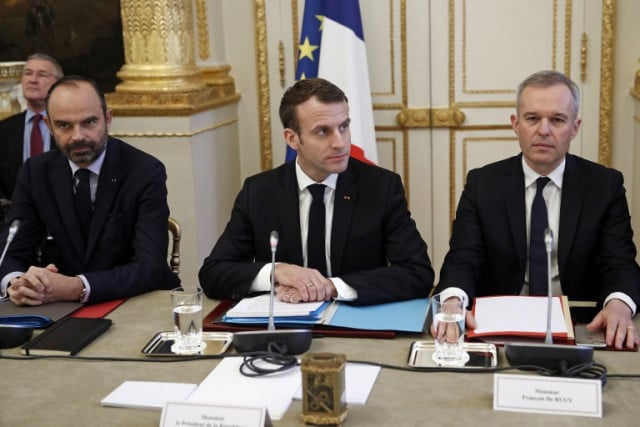
“Perhaps he will accelerate certain reforms like the scrapping of the council tax (taxe d'habitation).
“He also needs to show that he understands the problem that people feel they are not listened to. In other words he needs to announce some measures around democracy.
“But protesters need to understand that no matter what he announces it won't have much short term impact. It will be over the medium and long term,” he said. “So they are bound to feel disappointed.”
Here's a look in more detail about what Macron can do.
Pensioners
Many 'yellow vest' protesters have complained about Macron's increase in social contributions that hit pensioners hard.
Pensioners did not benefit from the cut to other social charges that left workers slightly better off.
Macron may have to offer them something now.
'Bonus' for those use their cars for work
Seven out of 10 French people use a car to get to work. The minister of transport Élisabeth Borne has already said she is looking into ways these workers can receive some kind of “prime” or bonus to put a little bit more money in their pockets. Macron could announce a concrete measure on Monday evening.
Not taxes on overtime hours
Many MPs want Macron to bring back a reform first brought in by ex-President Nicolas Sarkozy before it was scrapped by his successor Francois Hollande.
Any overtime hours worked wouldn't be subject to taxes. Macron has already promised this from September 2019, but he may have to accelerate the reform.
Cap the rich
So far, Macron has refused to back down on another policy that is deeply unpopular among the “yellow vests”: his decision to reform the fortune tax (ISF) on the wealth and assets of France's richest and big industry names such as Google and Amazon.
Scrapping the ISF tax (now the tax is only applied to property rather than overall fortune) has proven to be Macron's most socially divisive measure, given that ordinary French workers have felt under more financial pressure during his presidency.
This was interpreted as Macron giving his rich mates a present, but the intention was to free money among the country's wealthiest so they could invest it in business and create jobs.
If he backtracks and brings back the cap, he’s likely to please a large part of French society that feel his presidency has so far only been geared towards the wealthy and elite.
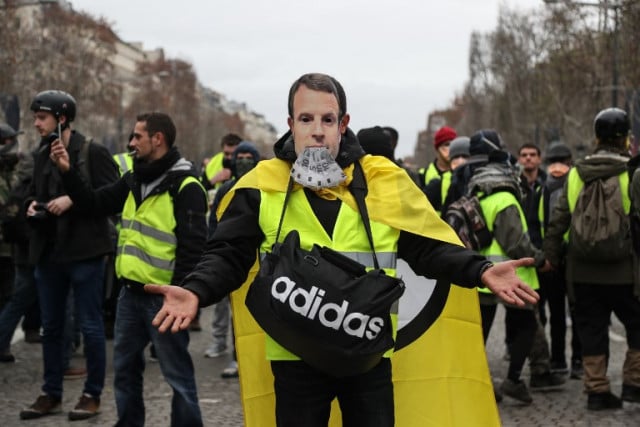
Wages boost for low earners
France’s government has ruled out the possibility of significantly raising France’s minimum wage of €1,498/month before tax but there have been calls within l’Elysée to find alternatives to increase French people’s purchasing power.
“We know that raising the Smic (France’s mimum wage) doesn’t work, it destroys jobs,” Labour Minister Muriel Penicaud told LCI on Sunday, adding that an increase of 1.8 percent of France’s minimum wage was already planned for January.
“If we all of a sudden put up wages, plenty of businesses will shut the door on new employees, or they will raise their prices meaning no one can afford the,” she said.
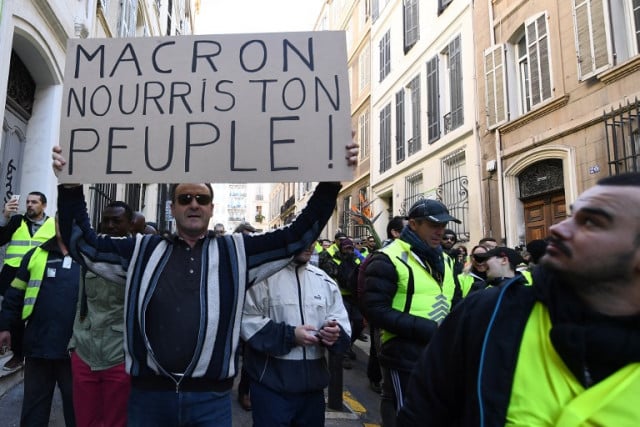
“On the other hand, there are many companies where profits can be shared more equally in the form of higher wages.
“I’ve reached out to such businesses and firms so that those who can, start renegotiating wages as soon as possible,” said the minister
Penicaud’s words seem to suggest her ministry wants to pass the buck to private enterprises, although there are calls within the government for state measures to help those who are struggling to make ends meet.
Ministers Bruno Le Maire and Gerald Darmain have proposed encouraging companies to pay their employees a one-off end-of-year bonus which wouldn’t be taxable.
Prime Minister swap
Although the yellow vests have directed most of their ire at Macron himself, French newspapers have quoted several government ministers who’ve said removing Prime Minister Edouard Philippe from his position would calm those calling for a cabinet or presidential reshuffle.
His political position has been weakened by the unruly protests of the past weeks, but his forced dismissal appears to be more of a way of shifting blame away from Macron than an actual demand from the gilets jaunes movement.
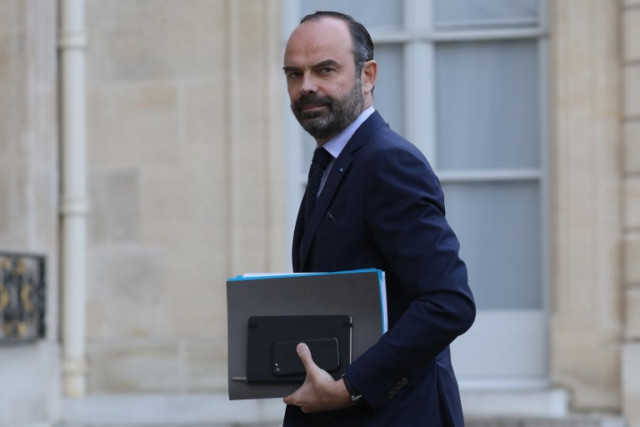
According to Le Parisien, possible replacements include Minister of Education Jean-Michel Blanquer, Labour Minister Muriel Penicaud; Minister of Foreign Affairs Jean-Yves Le Drian and former Education Minister François Bayrou.
Let the budget deficit slip
The cancellation of the fuel tax hike – along with any new social measures that are introduced in the days or weeks to come – will push the budget deficit beyond the 2.8 percent target the French government has set for 2019.
It may be a case of turning a blind eye to these failed targets if Macron’s government wants to deliver on the demands of France’s yellow vest movement.
“It’s often difficult to know what measures are necessities that need resources, without letting the debt explode,” Prime Minister Edouard Philippe said.
Character makeover for Macron
“Detestation of Emmanuel Macron is the only point on which all gilets jaunes agree,” wrote John Lichfield in The Local France’s Sunday opinion piece following the heated yellow vest protests across France on Saturday.
Protesters have come to see the French president as someone who’s arrogant as well as being completely disconnected and disinterested in ordinary people’s lives and struggles; his ‘Jupiterian’ style of governance catering only to the higher echelons of society and his own political ego.
Some have suggested that it's more important for Macron to be repentant than any measure he announces.
“He must make a mea culpa like never befor,” oine minister told BFM TV. “He will not just extinguish the fires with five measures,” he said.
A more humble, down-to-earth manner when meeting ordinary people during rallies and responding to criticism of his government’s measures will be essential for disgruntled anti-Macronists to regain trust in him.
They were unfazed by his decision to backtrack on the fuel tax hike and still see him as France’s ‘president for the rich'.
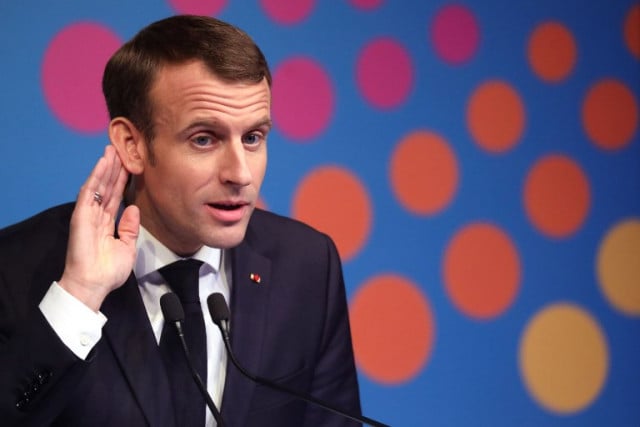

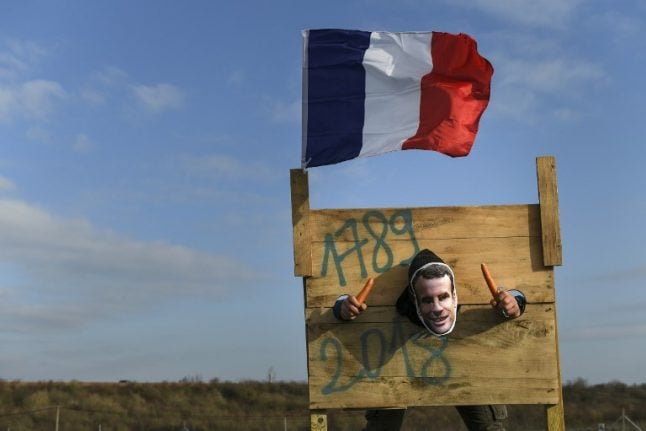
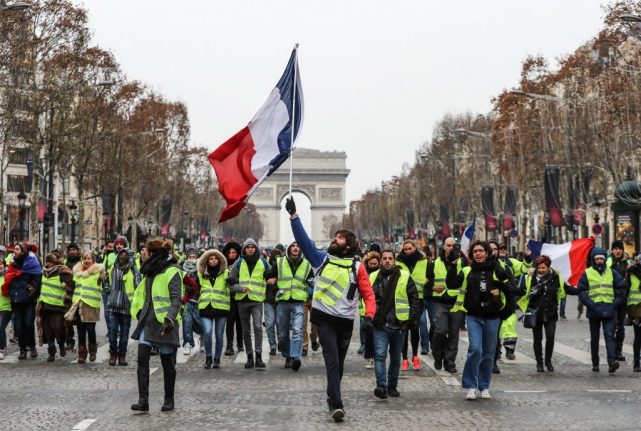
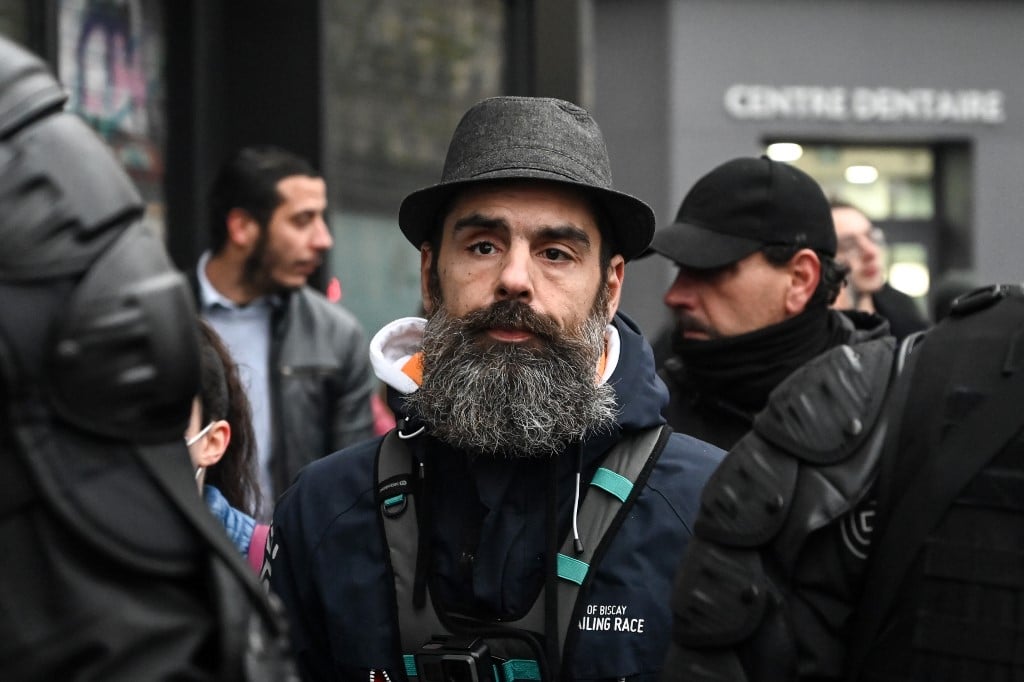
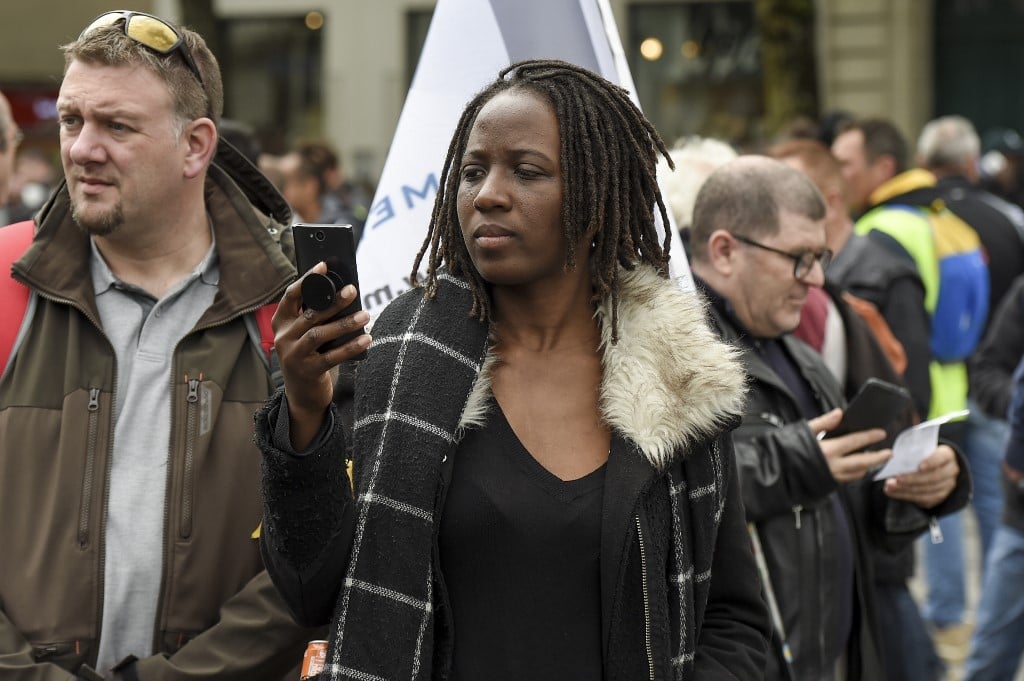
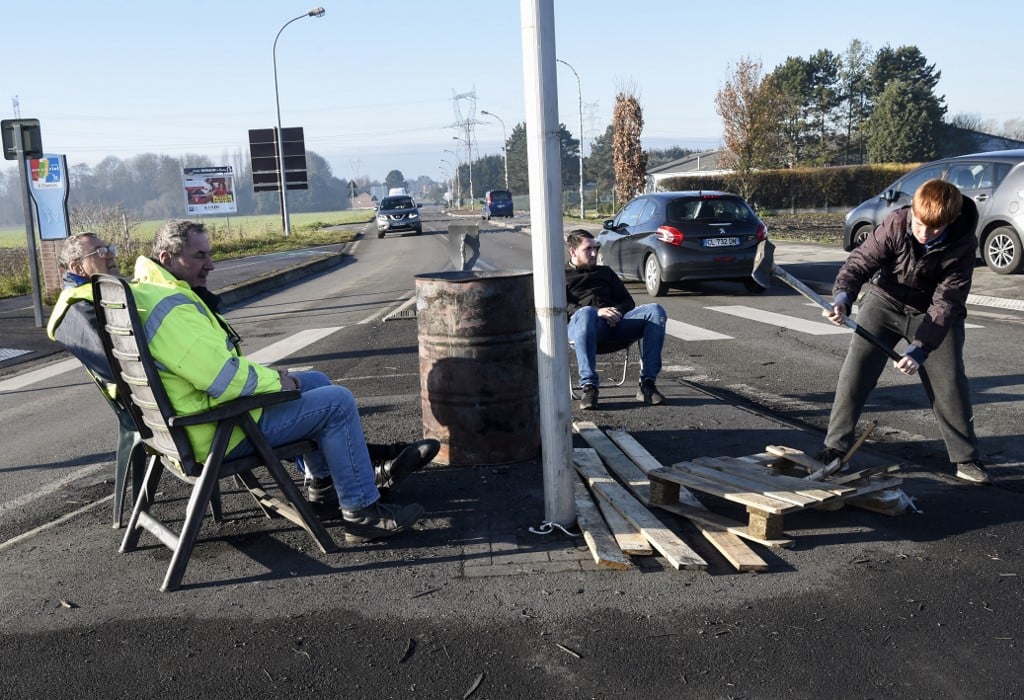
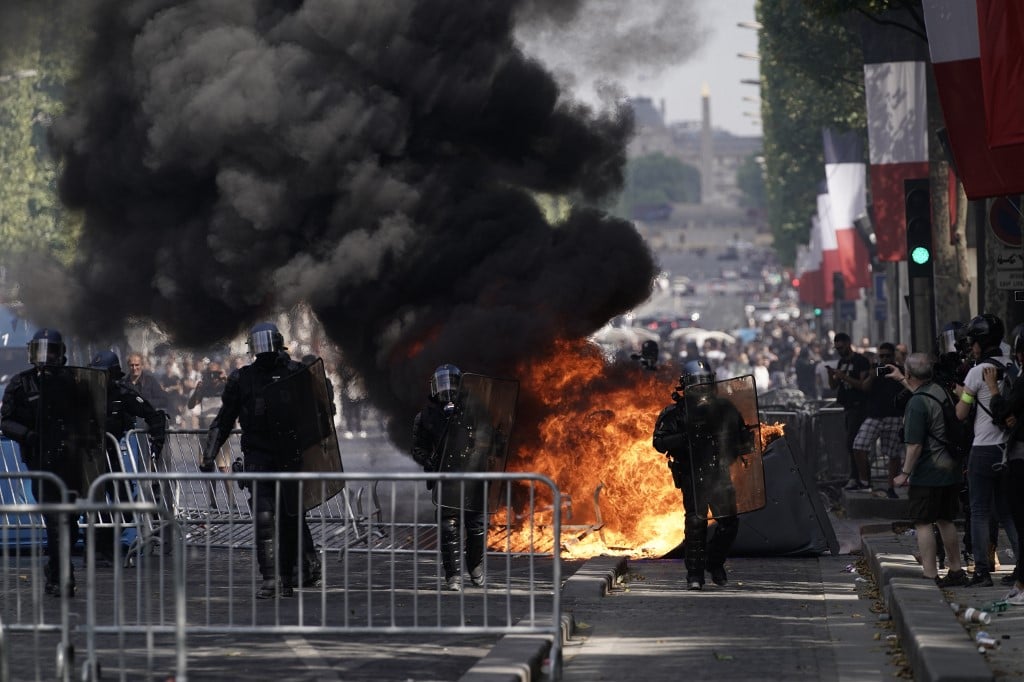
 Please whitelist us to continue reading.
Please whitelist us to continue reading.
Member comments